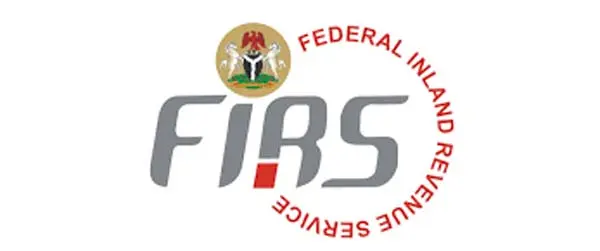News
What The Education Tax Is Doing in Nigeria’s Public Tertiary Institutions

Some of the most prevalent challenges confronting public tertiary institutions in Nigeria are funding, management problems, obsolete equipment, poor learning facilities and infrastructure. Chief among these that deals the worst blow is funding. Most of the public tertiary institutions in the country are grossly underfunded. When there were just a few tertiary institutions, Government took up the burden of funding the institutions solely but from the mid 1980’s,there was a massive increase in the number of public tertiary institutions and in students’ enrolment in Nigeria. This increase got to the point where Government openly acknowledged that it could no longer shoulder the responsibility of funding institutions alone. This led to the promulgation of the Education Tax Act No7 in January 1993, alongside other education related Decrees. The Decree imposed a 2% tax on the assessable profits of all companies in Nigeria which was earmarked to fund public tertiary institutions in the country.
The Education Trust Fund (ETF), now Tertiary Education Trust Fund Act (replaced in 2011), is an intervention agency set up to provide supplementary support to all levels of public tertiary institutions, with the main objective of using funding alongside project management for the rehabilitation, restoration and consolidation of Tertiary Education in Nigeria. Initially the Education Tax Act No7 of 1993 mandated the Fund to operate as an Intervention Fund to all levels of public education (Federal, State and Local).
The Federal Inland Revenue Service (FIRS) is today empowered by the Education Act to assess and collect Education Tax. The Tertiary Education Trust Fund (TETFUND) also known as “The Fund” administers the tax imposed by the Act, and disburses the amounts to educational institutions at federal, state and local government levels. It also monitors the projects executed with the funds allocated to beneficiaries. The distribution for tertiary education is shared between Universities, Polytechnics and Colleges of Education in the ratio of 2:1:1. The 1998 amendment changed the disbursement to 50% (Tertiary education); 25% (polytechnics) and 25% (Colleges of Education) with emphasis placed on science and technology due to the expensive nature of training within the country.
